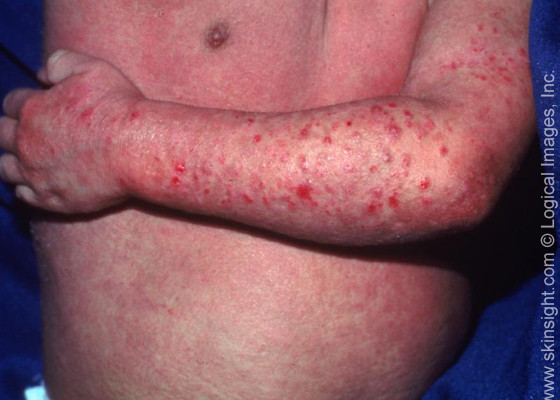
Nursing Interventions Atopic Dermatitis
Assess skin, noting color, moisture, texture, temperature; note erythema, edema, tenderness since specific types of dermatitis may have characteristic patterns of skin changes and lesions. Assess the skin systematically. Look for areas of irritant and allergic contact. Flexural areas (elbows, neck, posterior knees) are common areas affected in atopic dermatitis. Assess skin for lesions. Note […]
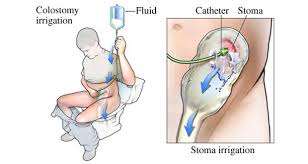
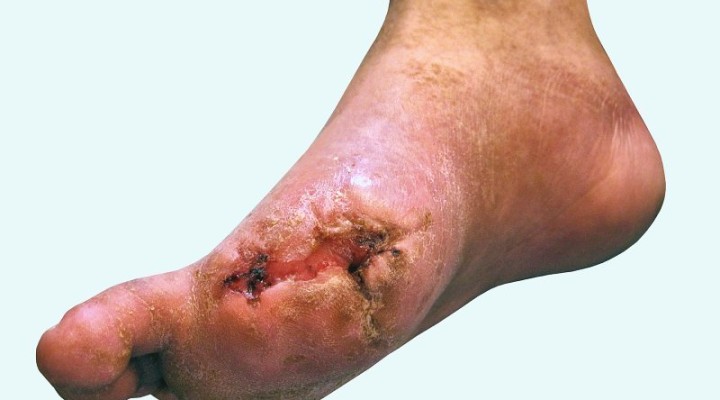
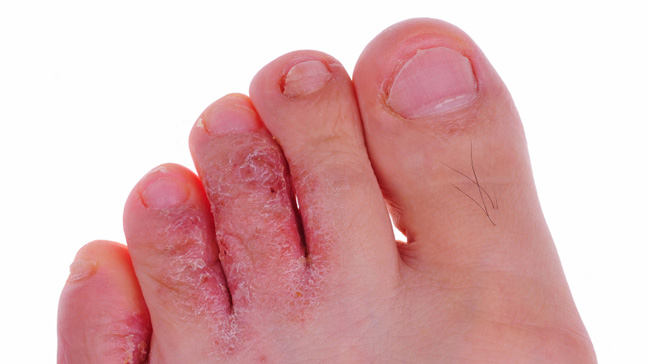
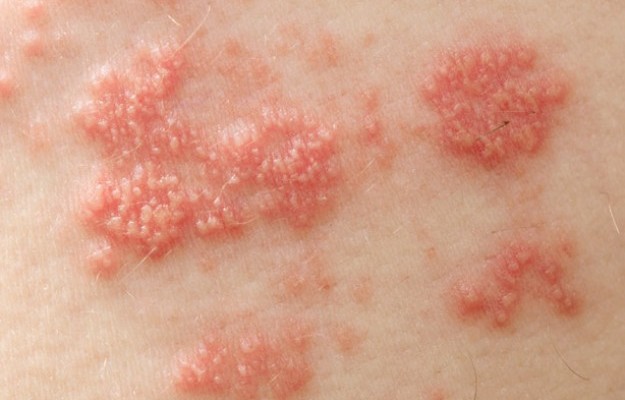
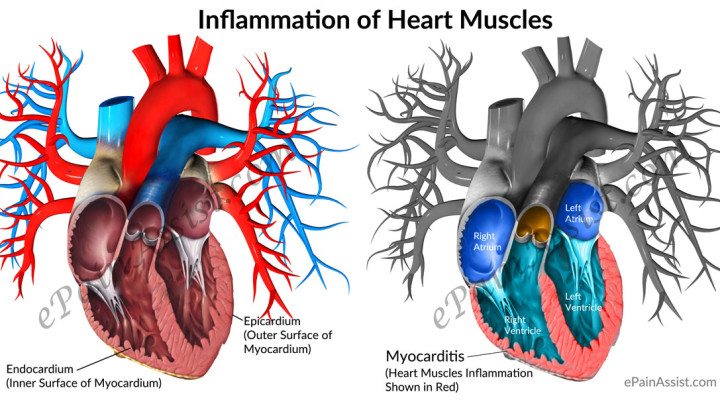







Recent Comments